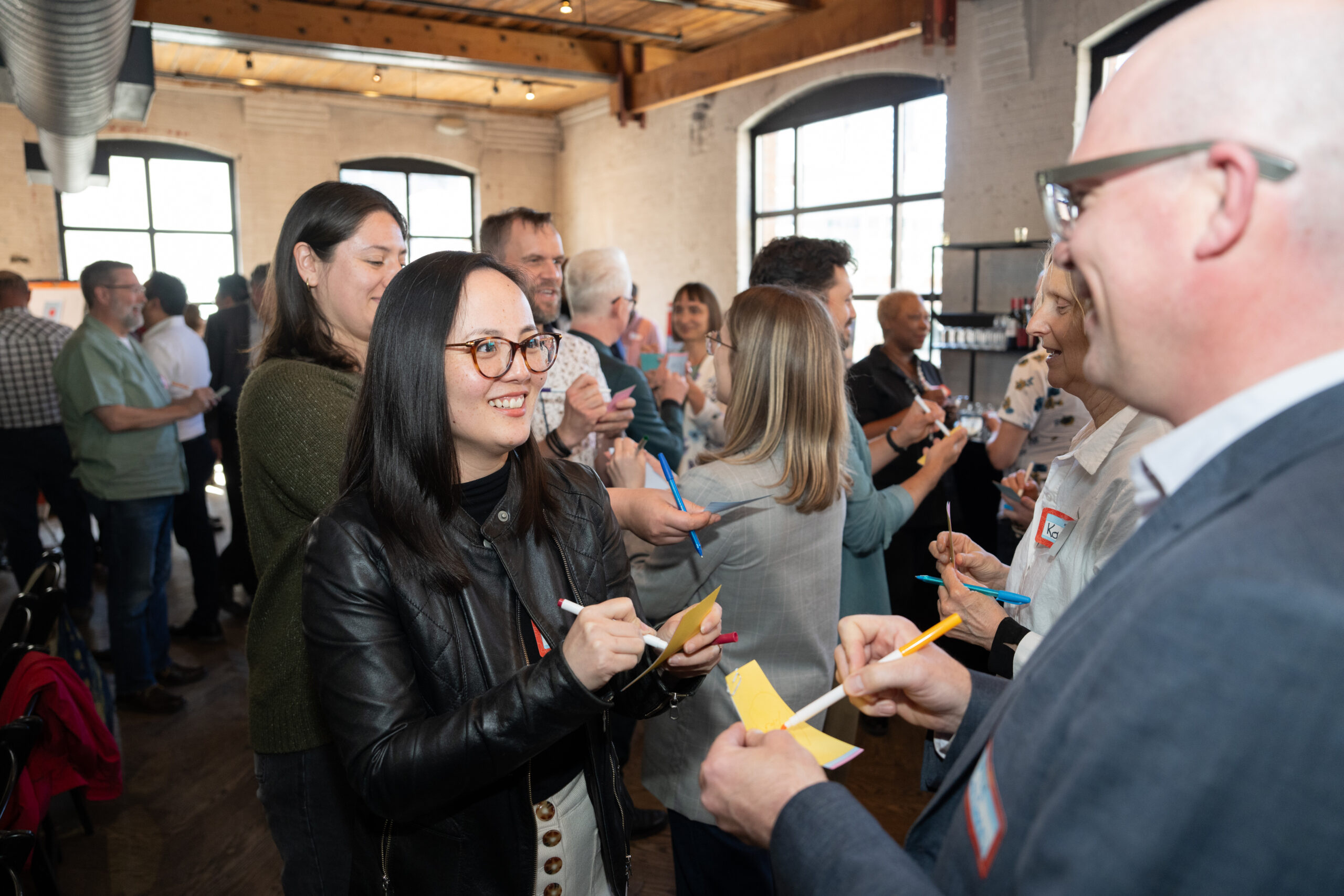
When large organizations first hear about community bonds, their first thought can be: “This is great for grassroots groups, but we’re looking at $100 million projects. Are community bonds for us?”
It’s a fair question. Community bonds gained traction with campaigns in the sub-$5M range, often supporting newer or grassroots organizations. And we love supporting these groups!
But community bonds are scalable, flexible, and increasingly powering large, complex projects. They can form a core part of a strategic financing plan for bigger, long-established organizations, unlocking capital while engaging investors and the broader community.
The power of scalability
Community bonds scale because they are repeatable, transparent, and confidence-building. Each successful campaign demonstrates investor trust in both the organization and model, paving the way for even larger campaigns.
Our partners are already proving this, doubling or tripling their campaign sizes within a few years:
- SolarShare’s first raise was $200,000, and they have consistently grown their campaigns, raising $14.3M in just nine months last year.
- Ottawa Community Land Trust raised $3M in 2024 and is launching a $10M raise this month (under the umbrella of a $25M campaign with Centretown Citizens Ottawa Corporation).
- And upcoming campaigns with other issuers are aiming even higher, showing that the market for community bonds is real, growing, and increasingly confident.
The lesson is clear: with the right guidance, community and market confidence, community bonds have no ceiling.

Investor appetite is growing
One of the most compelling aspects of community bonds is the diverse investor base they attract. Both retail and institutional investors are increasingly eager to participate. According to the 2025 RIA Investor Opinion Survey, 67% of Canadians say they’re interested in responsible investing. Over 90% of community bondholders would be interested in purchasing community bonds again. And at the same time, Canadians are showing a growing preference to direct their resources toward local impact. A 2025 Interac survey found that 79% of Canadians agree that supporting local businesses feels more important than it did last year.
While some of this surge may reflect the broader “Buy Canadian” movement, it also signals a strong appetite among Canadians to invest consciously, supporting local and mission-driven initiatives.
This growing interest extends beyond individual investors. Institutions, foundations, and impact funds are increasingly exploring ways to participate. The launch of Weave Community Capital Fund, a $30M pooled fund investing in issuers of community bonds, signals growing institutional confidence in this model.
With both retail and institutional investment rising, community bonds are uniquely positioned to attract the investors needed to support ambitious projects. Every successful campaign builds trust, momentum, and credibility – demonstrating a real, growing market ready to engage with large-scale, impactful initiatives.

Integrating community bonds into large-scale financing
Community bonds transform the way organizations finance projects. They offer standalone impact and the flexibility to complement other sources when needed. For large-scale projects, community bonds can:
- Demonstrate public support and credibility, strengthening confidence among other funders, stakeholders, and municipal partners
- Engage a diverse investor base, retail and institutional, who care about mission-driven impact
- Rally momentum and community buy-in, unlocking additional capital and helping de-risk large-scale initiatives
- Keep a portion of your financing local, returning interest to the community members who support your work rather than only to commercial lenders
By leveraging community bonds strategically, large organizations can finance ambitious projects while generating lasting social impact and community engagement at scale.
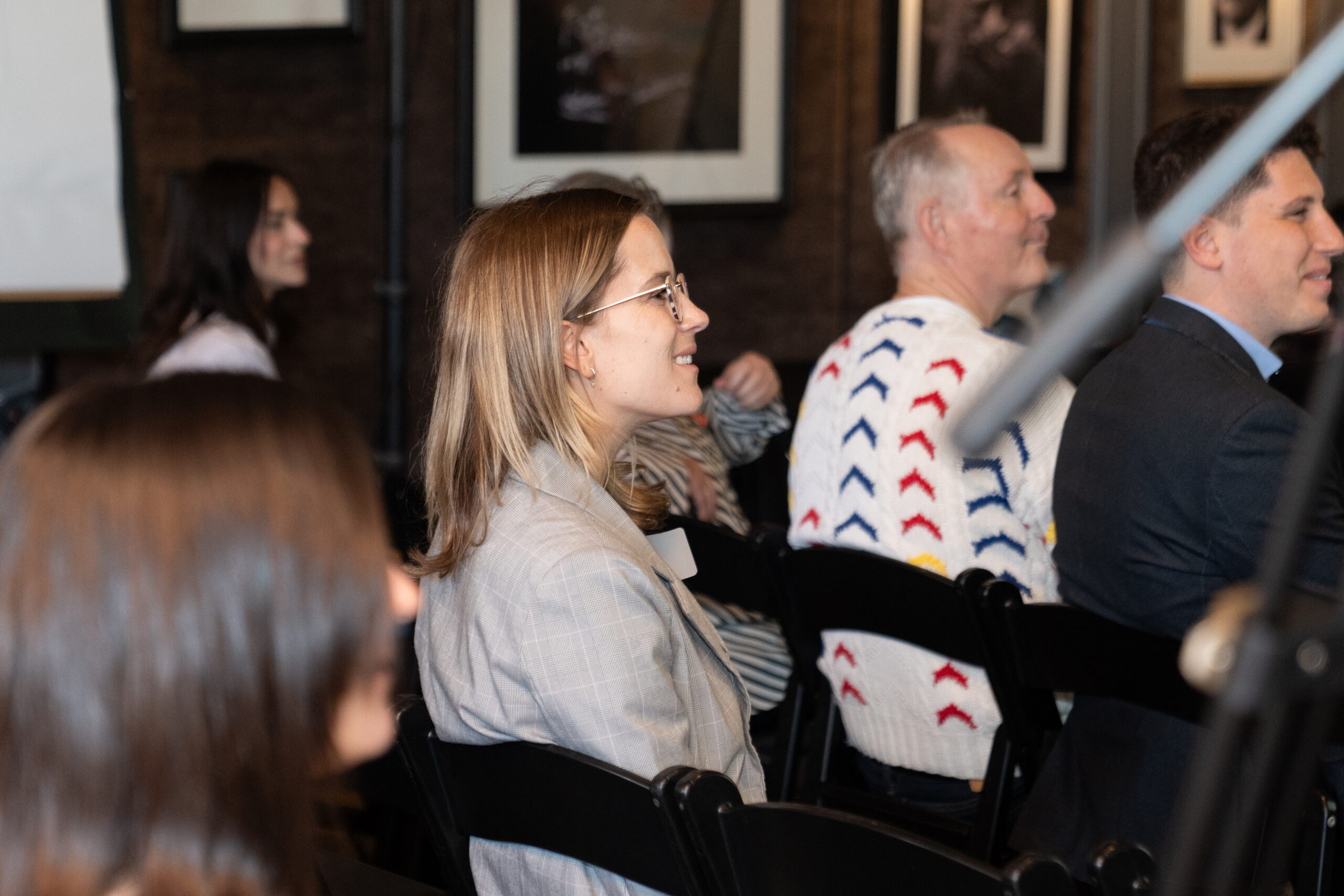
A tool for ambitious organizations
Community bonds are a proven, scalable financing tool for ambitious organizations tackling multi-million dollar projects.
For leaders ready to think big, community bonds offer more than just capital. They scale impact, mobilize a diverse investor base, strengthen community and stakeholder trust, and unlock opportunities for ambitious, multi-million-dollar initiatives.
Large-scale impact requires a lot of capital, but it also requires connection. And community bonds bring both.


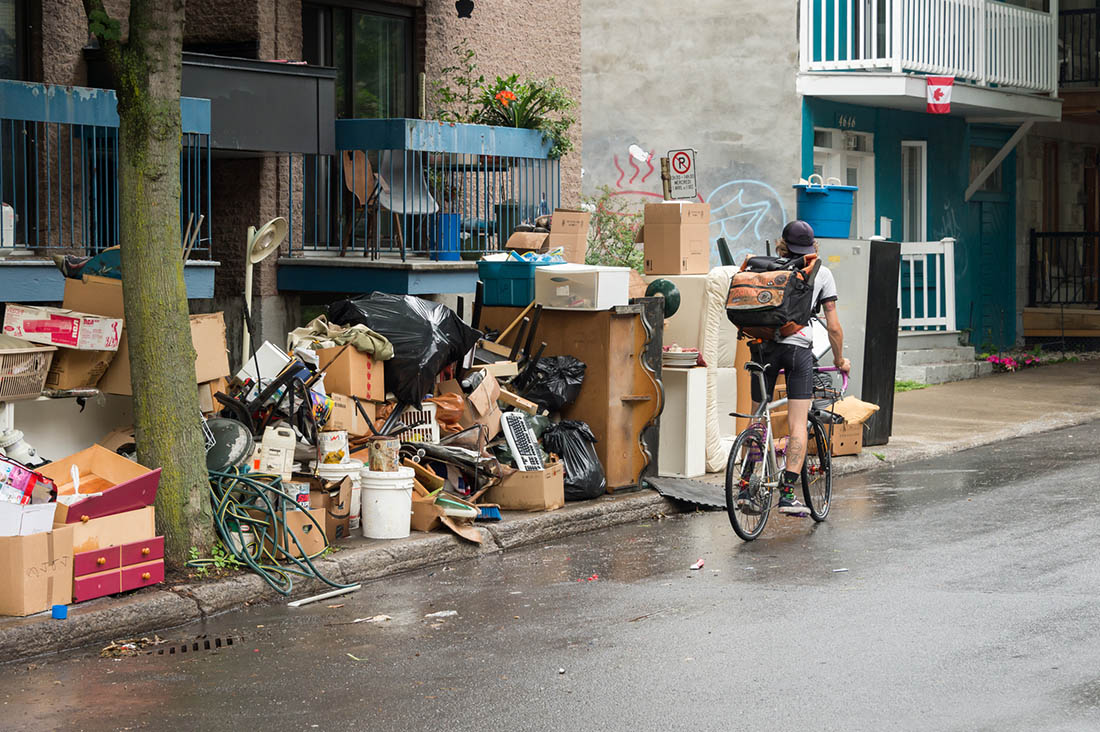

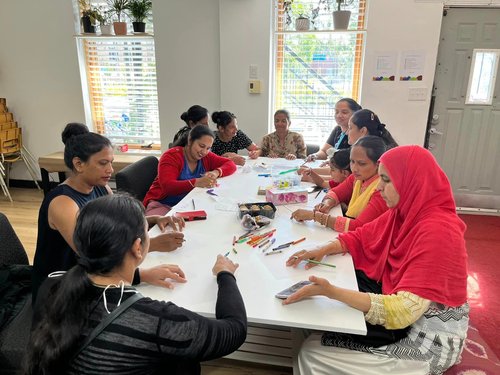

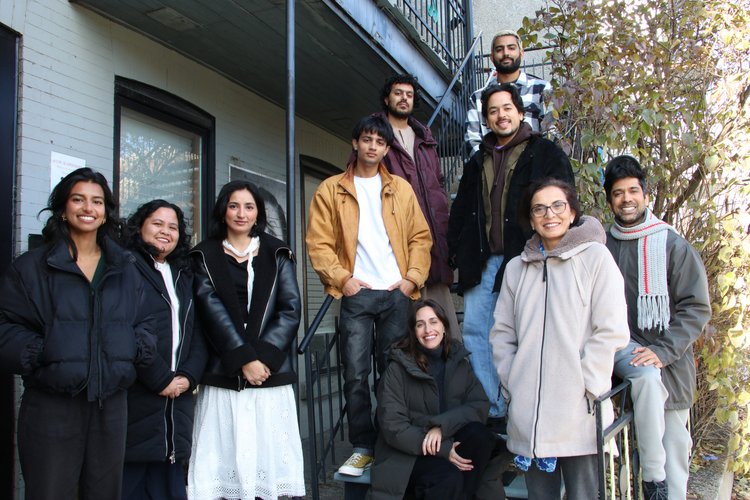

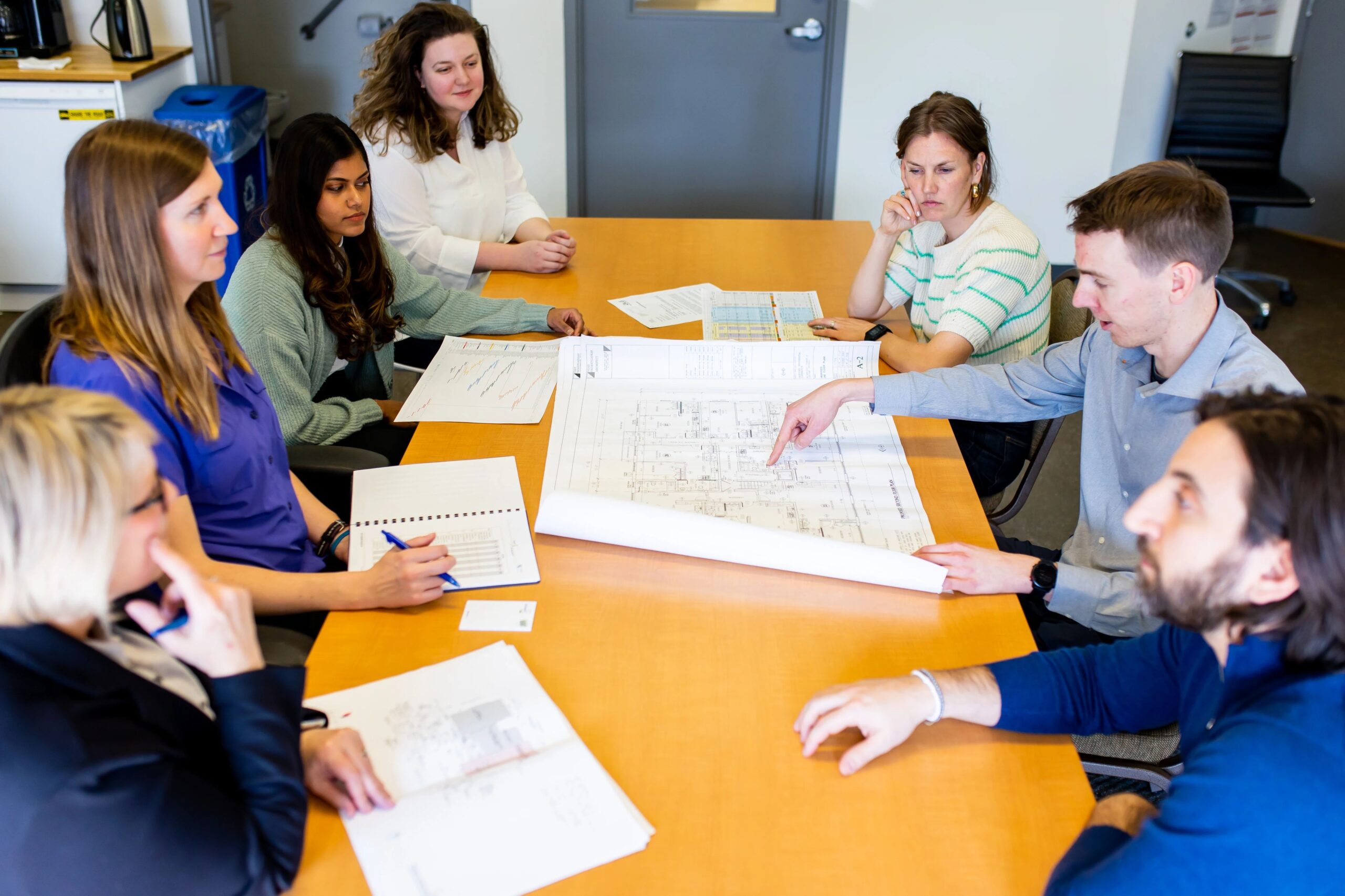
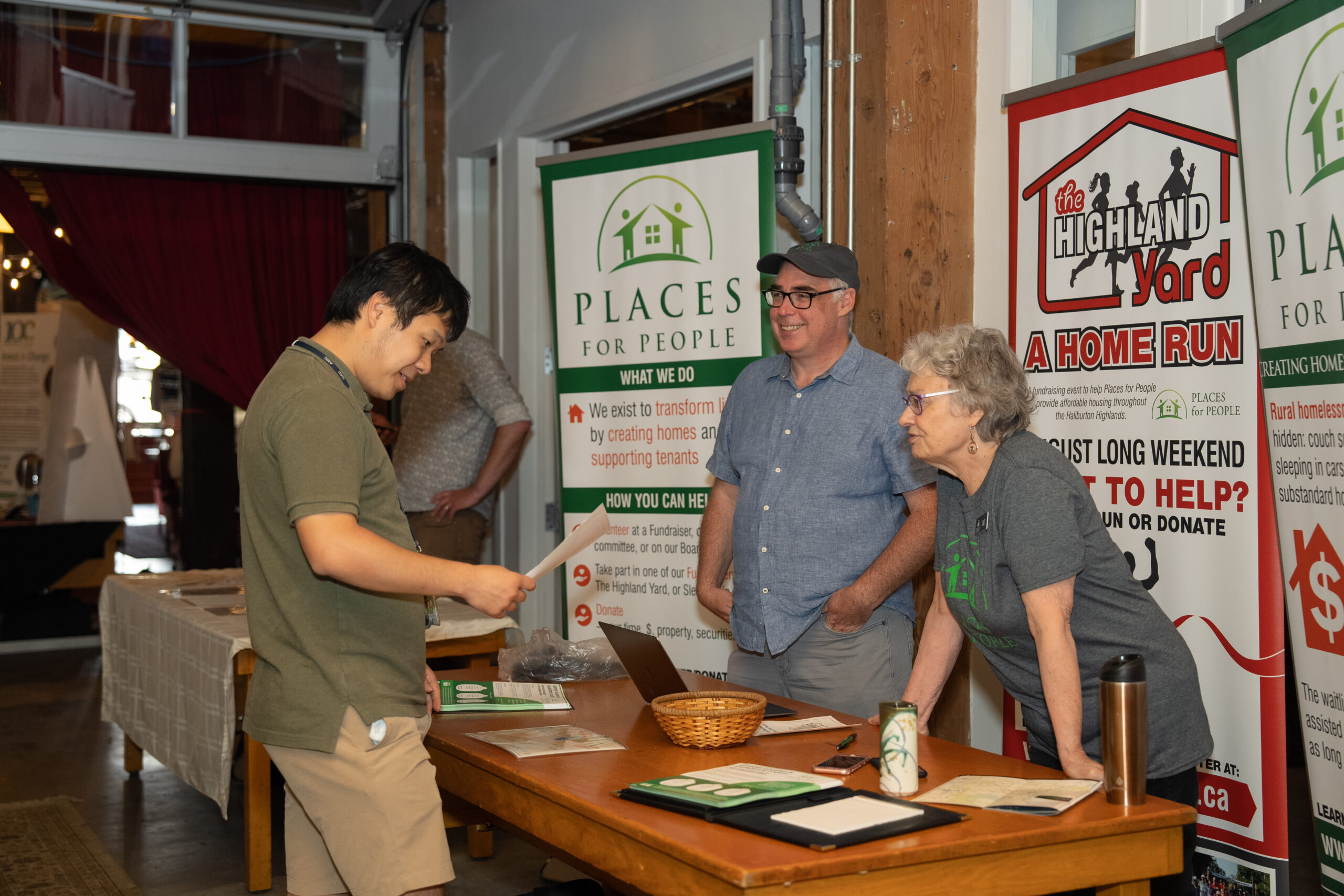


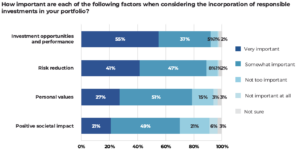




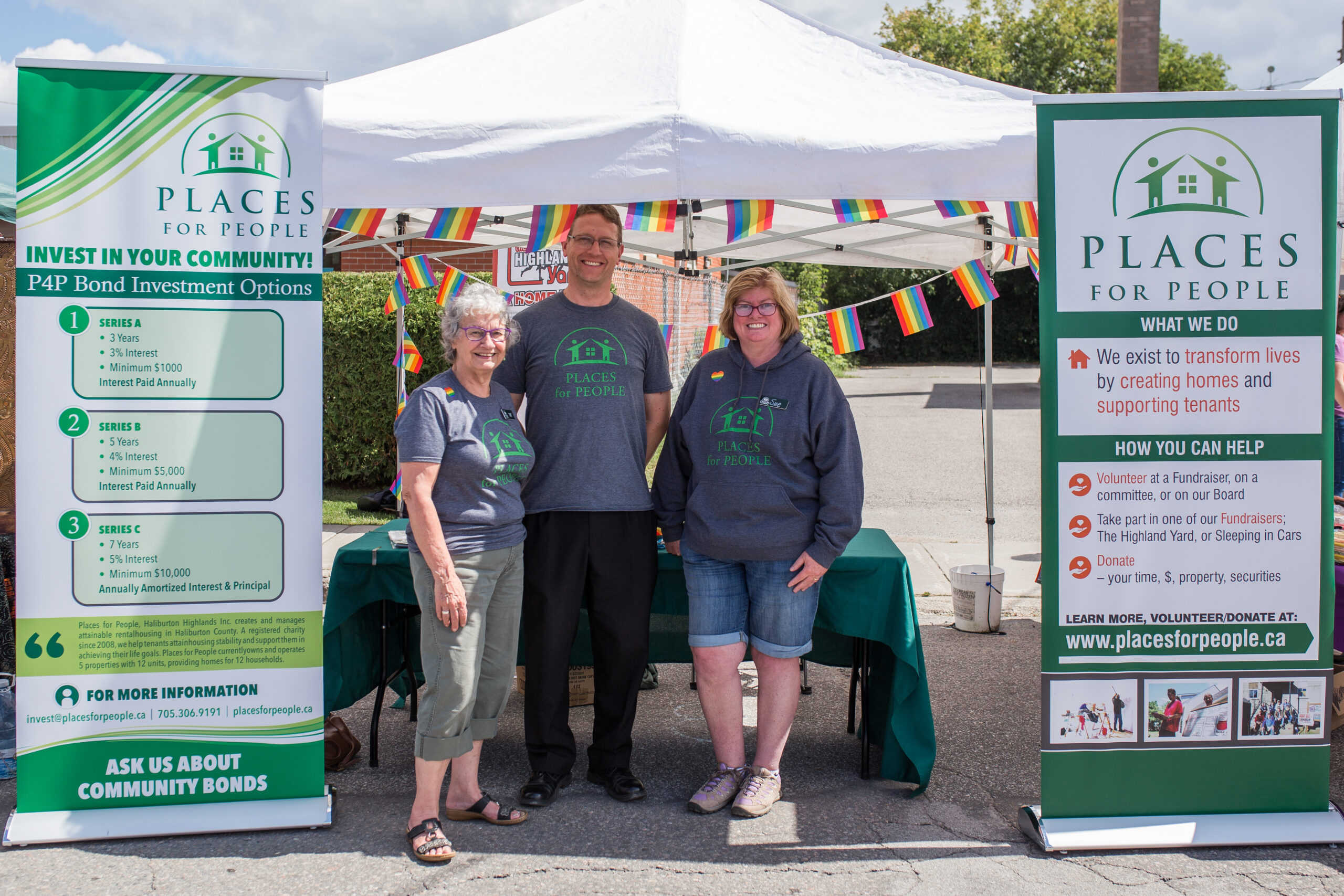

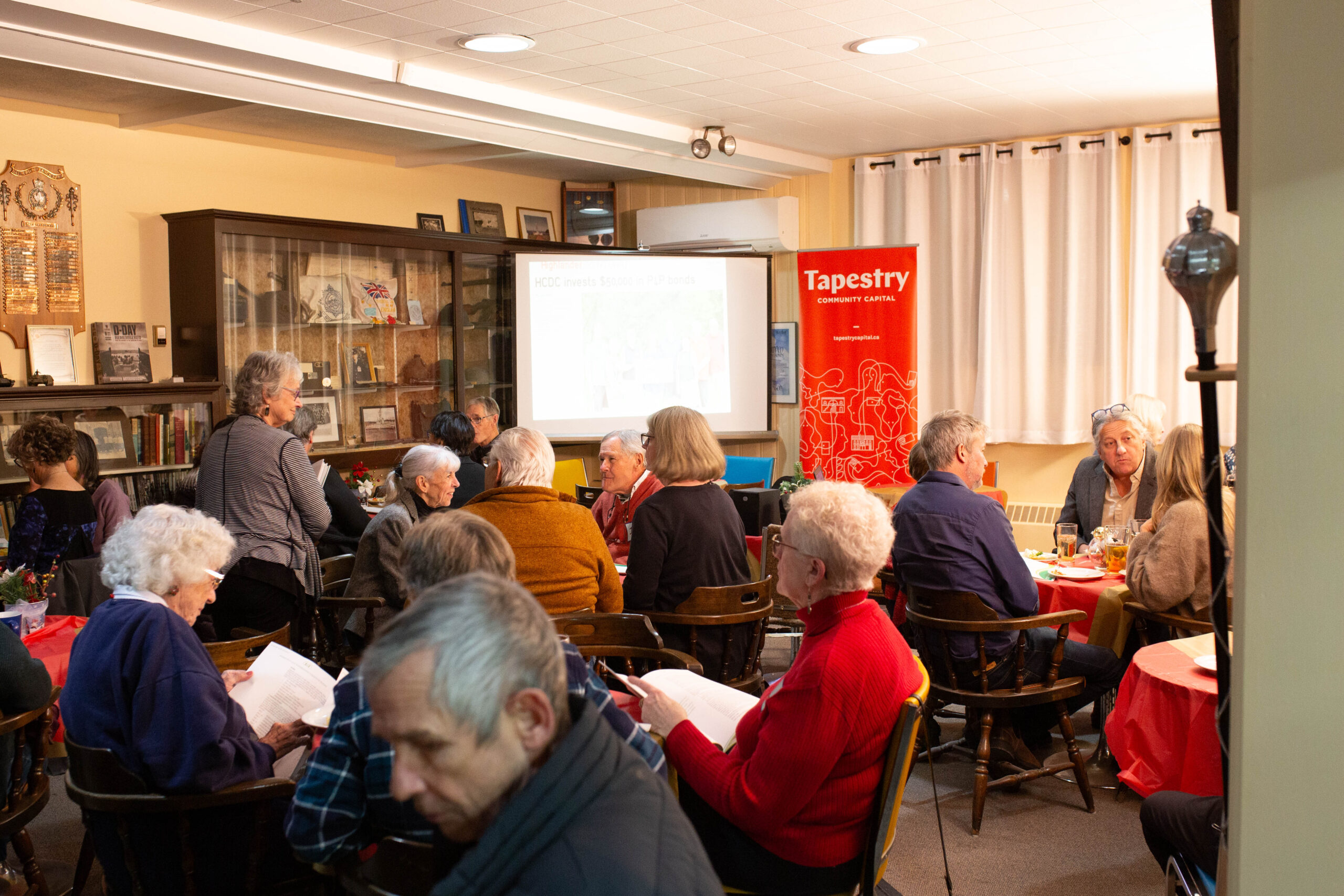
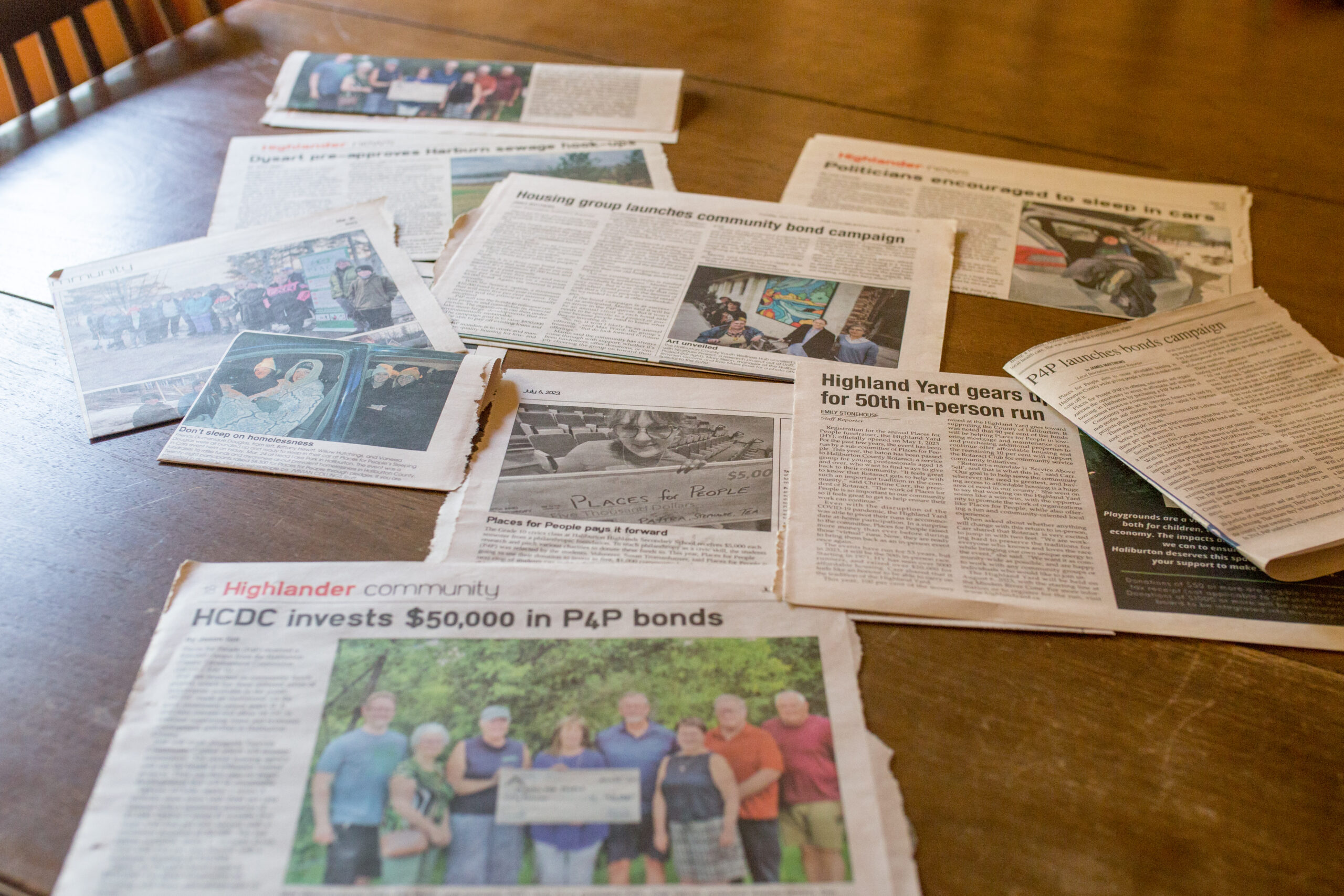



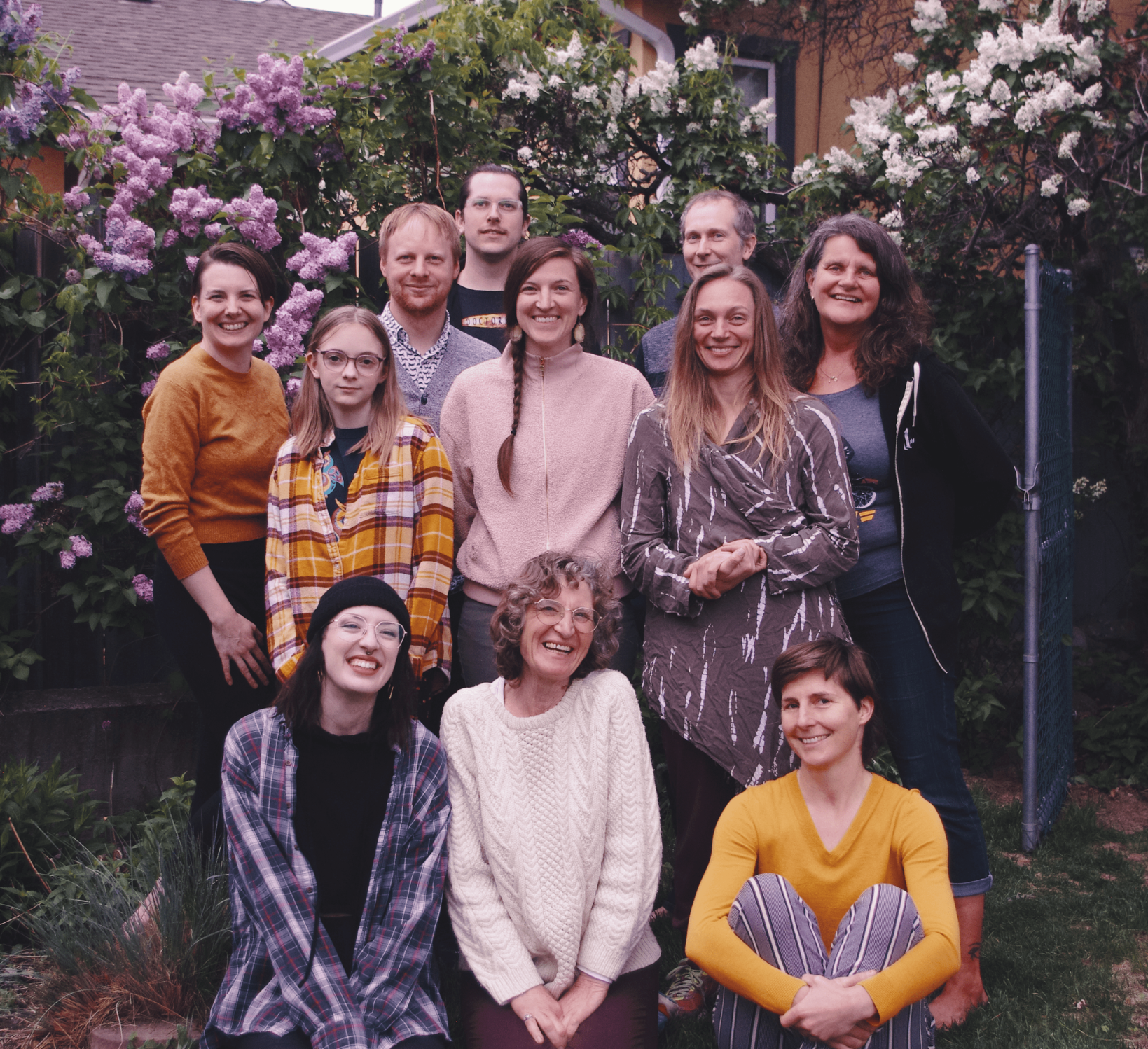
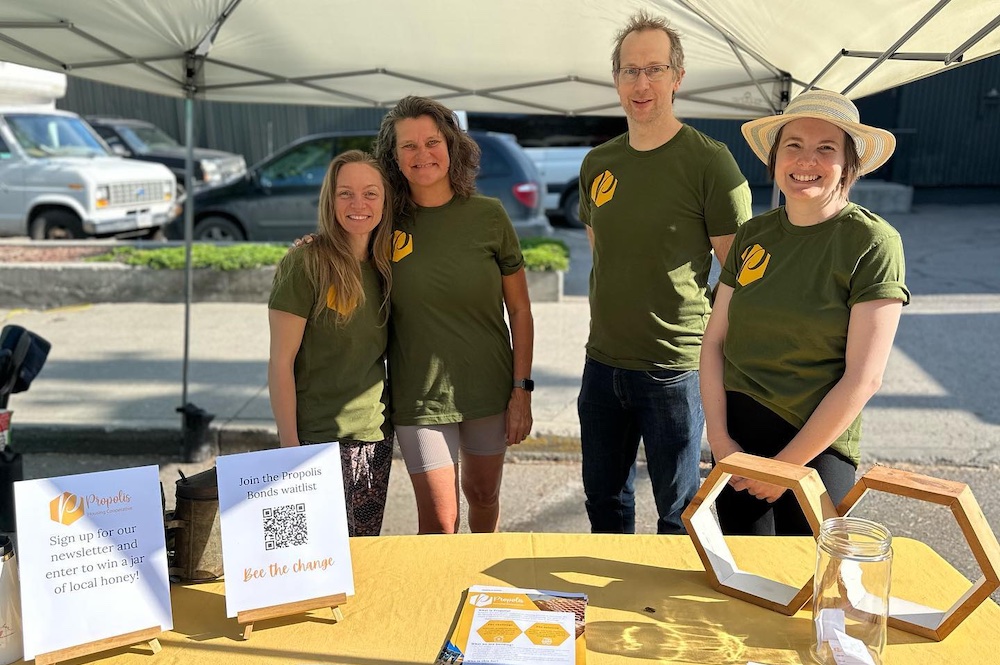
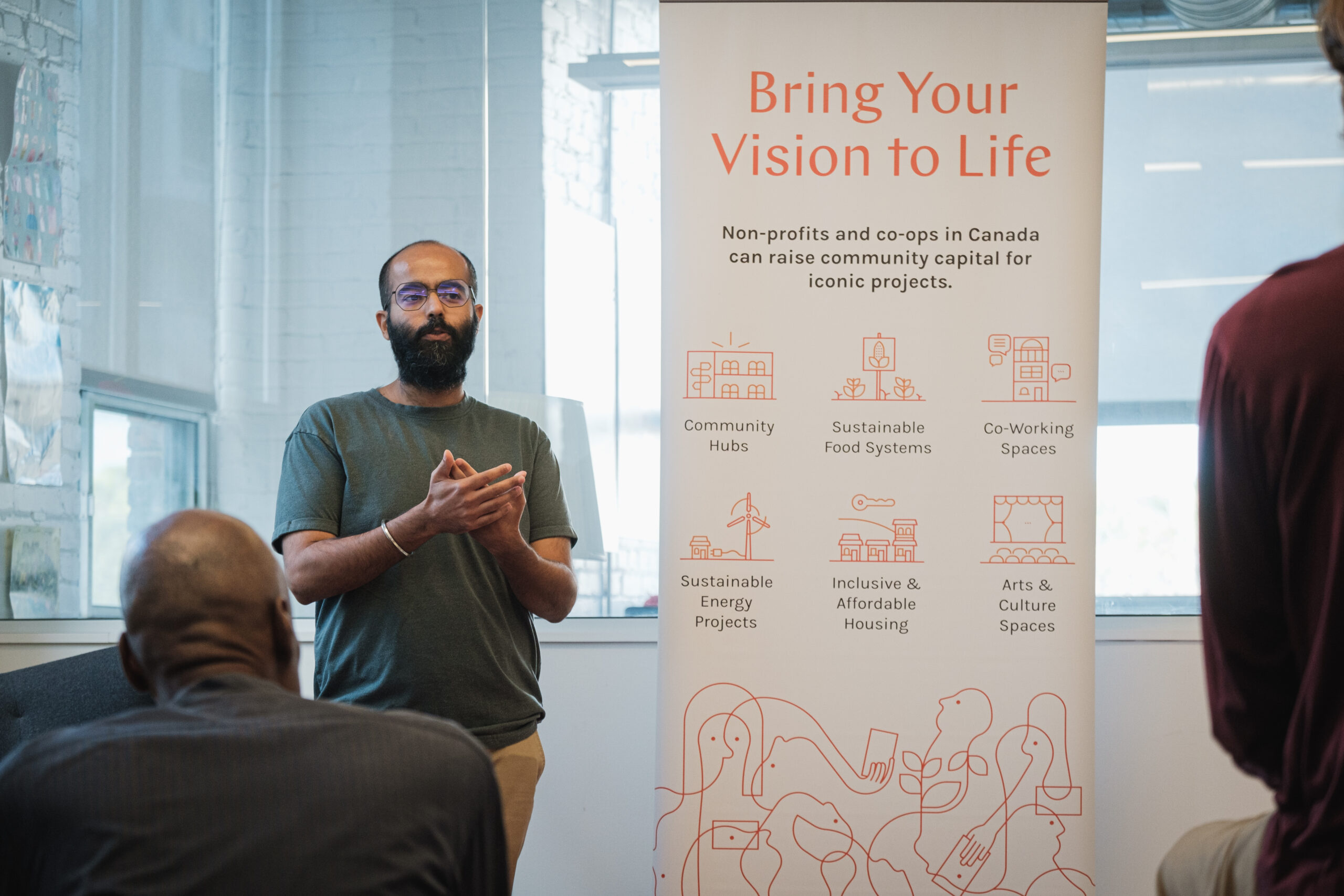
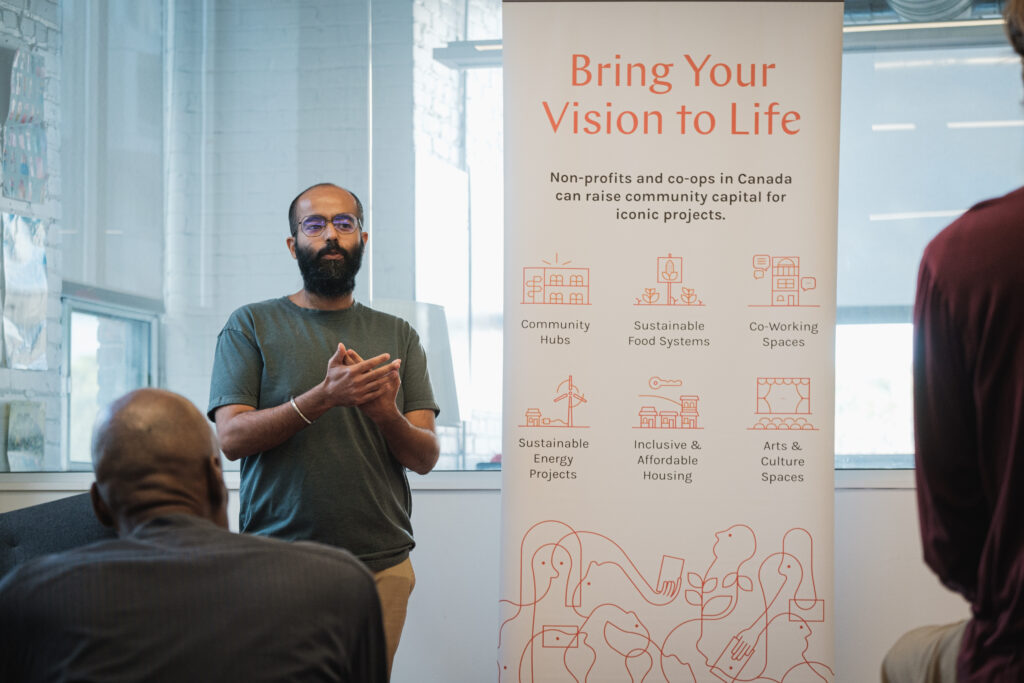
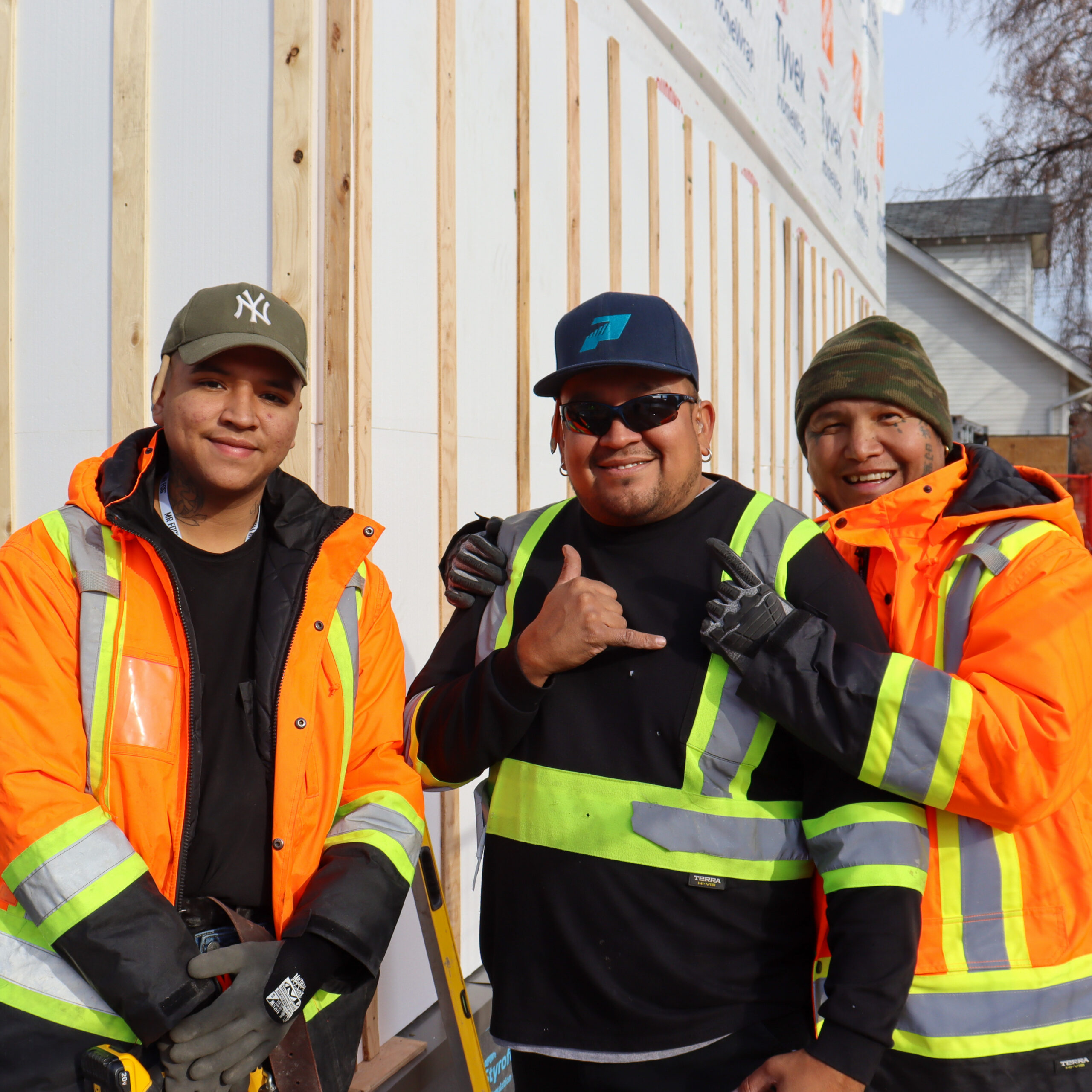
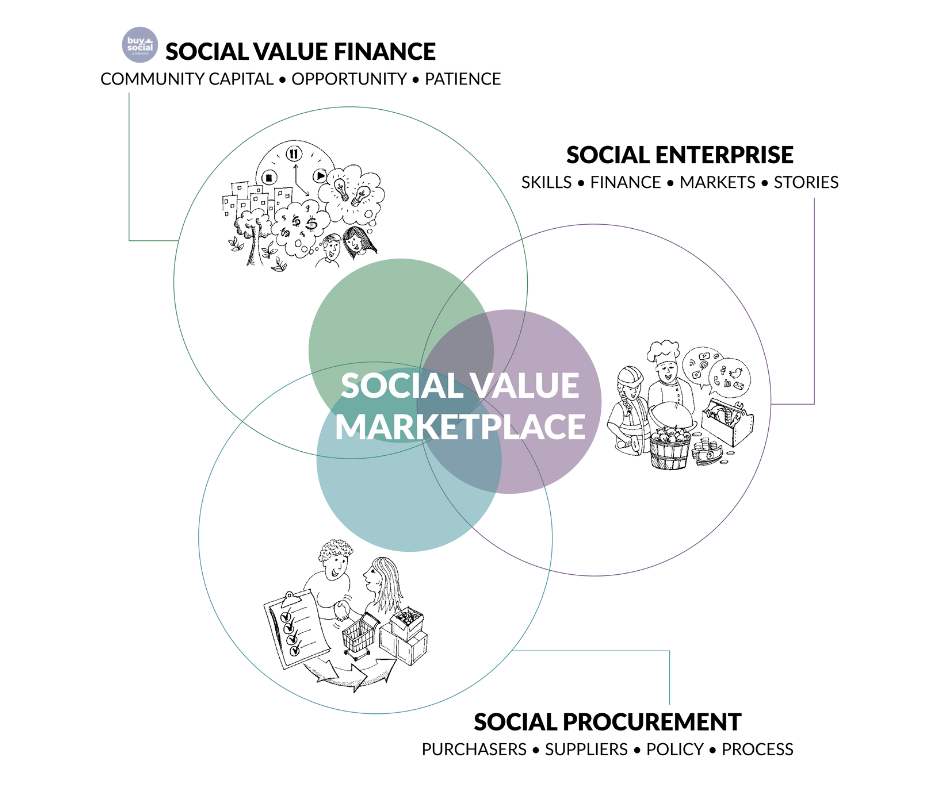

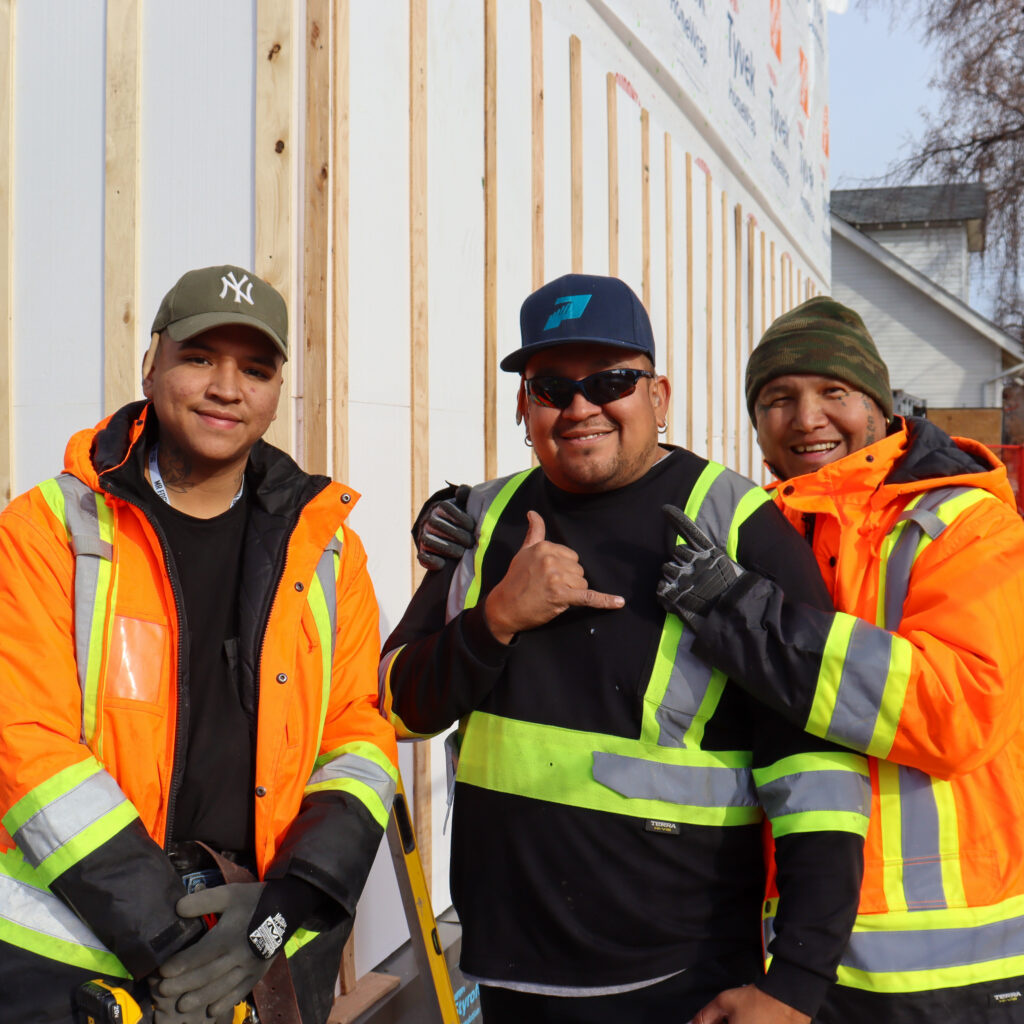
Recent Comments